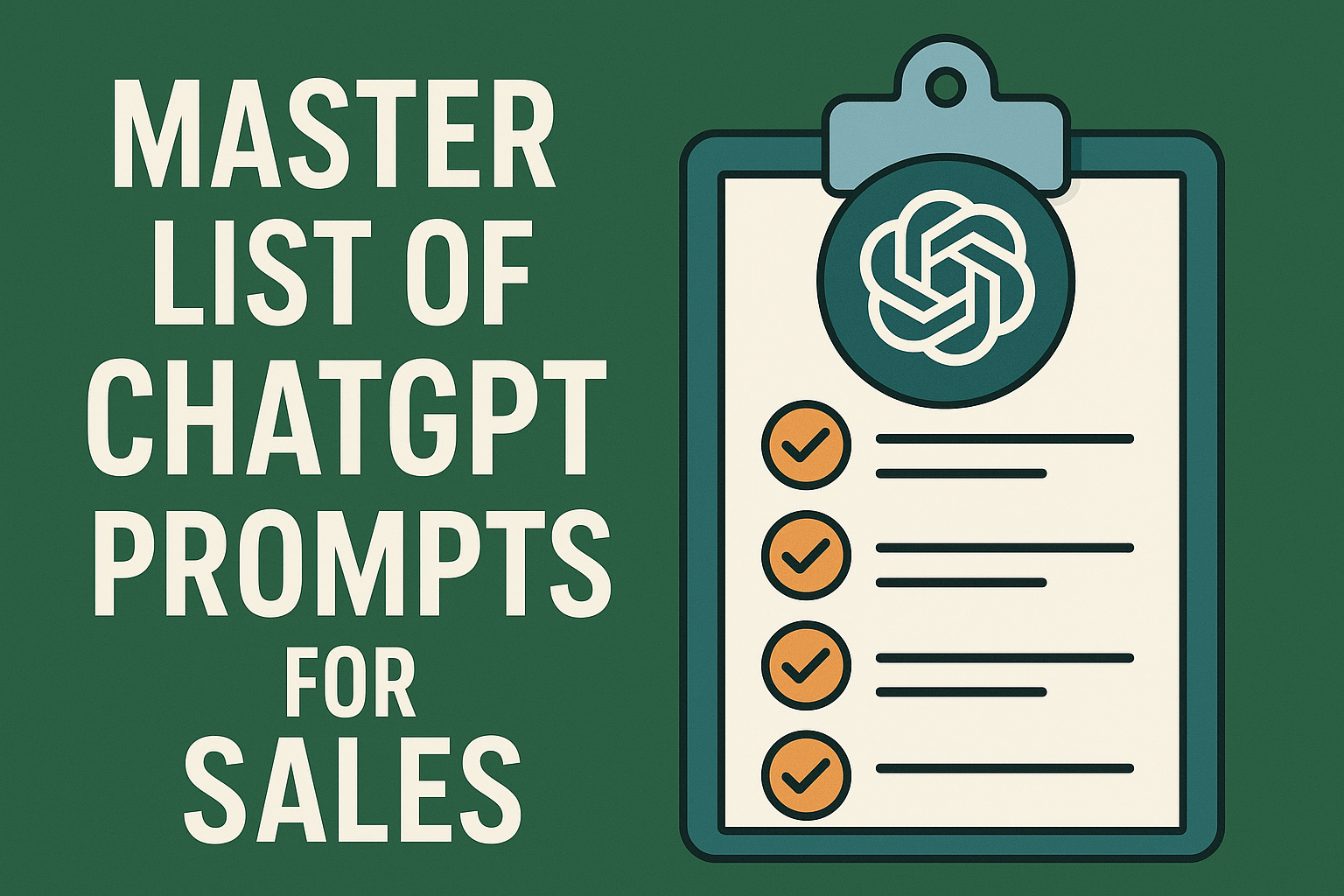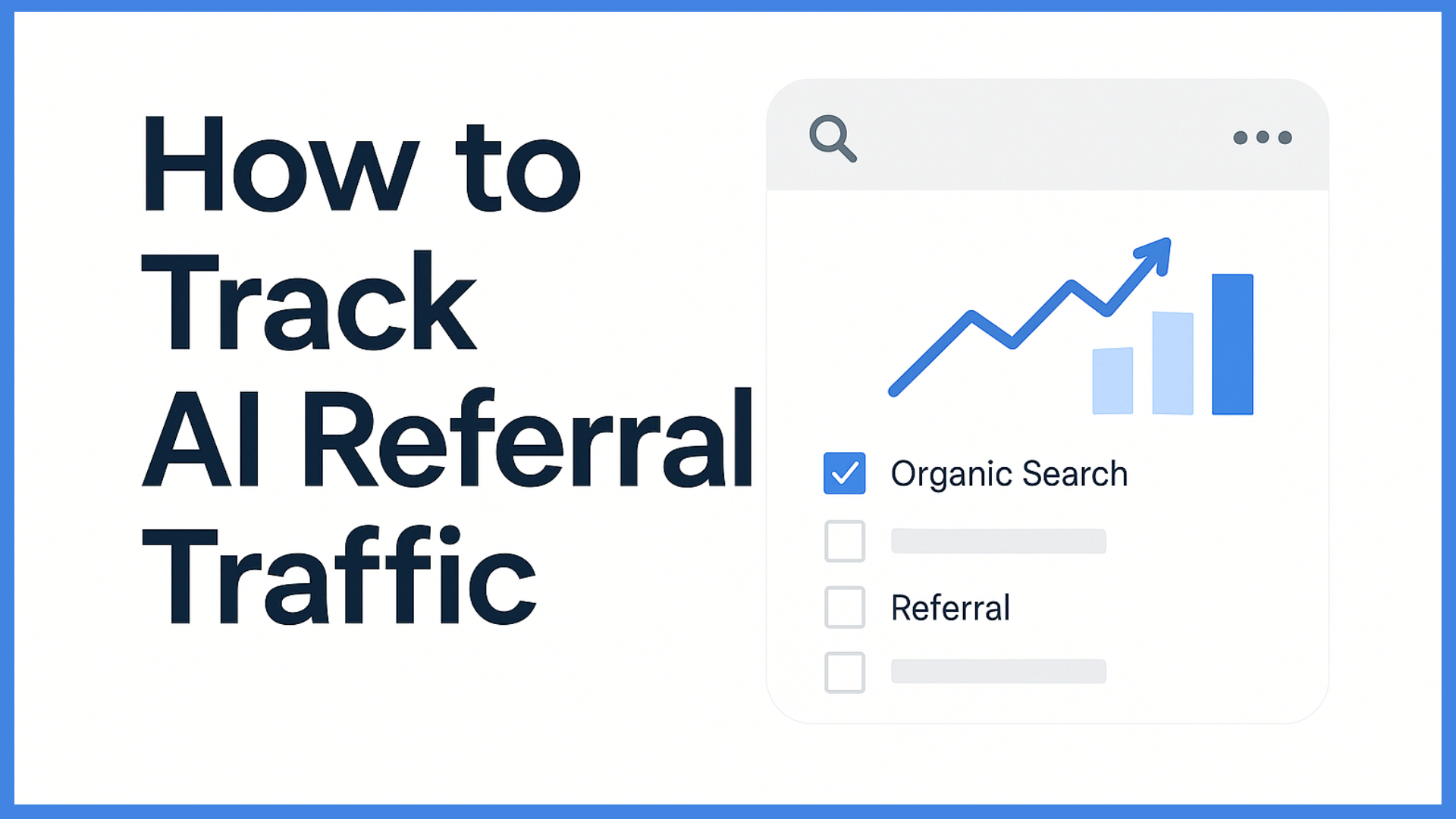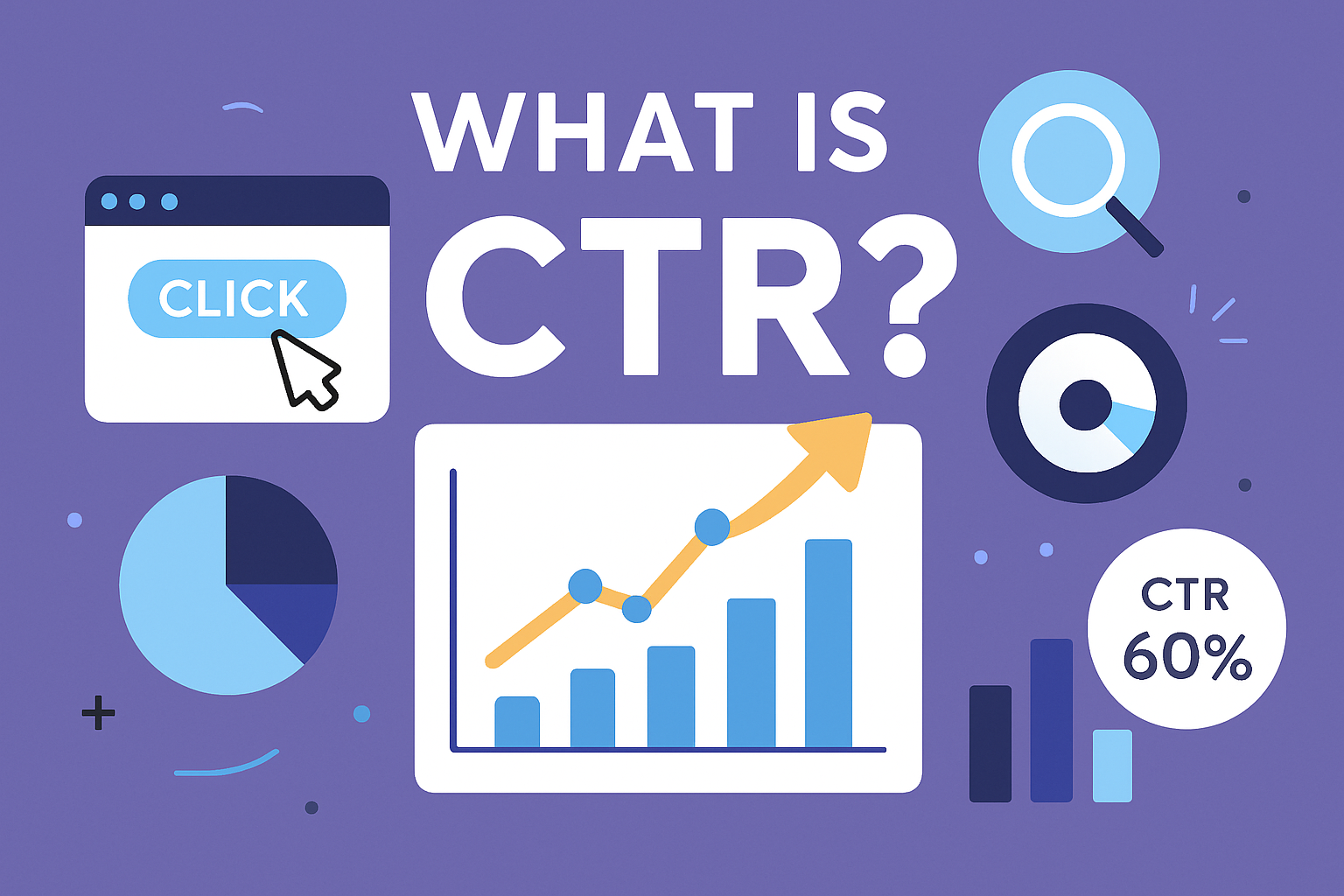What is anchor text and why is it important for SEO?
Key Takeaways
- Anchor text is the part of a hyperlink that’s visible and clickable. It helps both users and search engines understand what to expect from the linked content by giving clear context.
- When you use descriptive, concise, and relevant anchor text, it enhances user experience 10fold. It improves user experience and can help lower your website’s bounce rate.
- A well-rounded anchor text strategy is your best protection against a toxic link profile. It’s a healthy blend of branded, generic, keyword, and contextual anchor text, all of which contributes to those valuable organic search rankings!
- On the other side, over-optimizing anchor text or using excessive keyword anchor text can result in search engine penalties. So, it’s very important to vary and avoid sounding robotic.
- Users should be able to immediately recognize links at a glance, and consistent visual cues—such as color and underlining—go a long way. These navigation cues invite exploration, creating an intuitive online experience.
- Audit your anchor text on a frequent basis. Modernize your approaches to stay ahead of changing SEO best practices so your site remains an authoritative, relevant result in search engine results pages.
Anchor text is the visible, descriptive text in a hyperlink. This words takes you directly to another page or website. On web pages, links typically appear as blue, underlined text (this can be altered by the site’s styles).
When you select the anchor text, you are taken to the website that the hyperlink directs you to. Search engines, such as Google, use anchor text as a factor to determine what the linked-to page is about.
Proper use of anchor text can improve a website’s search ranking. It gives your readers a sense of what information they’ll find when they click the link.
Read on in the next sections to find out how anchor text is chosen, and why it is important both for search and for building user trust.
What Is Anchor Text Exactly?
Anchor text is the visible, clickable text in a hyperlink. It falls between the anchor HTML tags and describes to users and search engines what the linked page is about. When you click on hyperlinked words like “San Francisco tech events,” those words are the anchor text.
Using the right anchor text provides relevant context at a glance, helping to direct the reader and allowing search engines to further understand your content. It’s more than meets the eye—anchor text is an important aspect of navigation and a major component of SEO.
The Clickable Words in Links
Anchor text is the clickable words in a link. It looks different than the surrounding text like, for instance, “Berkeley data science blog.” These clickable words are critical in grabbing attention and driving users.
Clear anchor text—“affordable health plans” rather than “click here”—lets readers know what they’ll find when they click. It helps search engines understand how the linked pages relate to one another, further increasing the site’s topical authority. Using brand names, such as “UC Berkeley,” or simple URLs like https://example.com, can reinforce trust and context.
How Links Appear Visually
You can identify anchor text by its color, underline, or both—traditionally blue and underlined by default. These formatting tricks are clues to users that the words are clickable.
Keeping links consistent across a site makes things easy to follow, so users know where to click, no matter the page. A link that’s visually appealing makes people want to click, cultivates trust, and helps maintain a seamless experience.
Guiding Users and Search Engines
Anchor text is a guiding hand that shows users and search engines alike what they will find if they click on the link. Terms such as “first home scheme” indicate to search engines that the page is relevant to the topic of home buying.
Descriptive anchor text is the key to users finding their way around, and search engines use these helpful hints to better rank and index pages. Having a combination of branded, generic, keyword-rich, and URL anchor texts will lead to the most natural looking and healthy link profile for SEO.
Why Anchor Text Matters Now
Anchor text has always been important. This shift is largely the result of more intelligent search engine algorithms and increased competition for coveted high positions. Its importance goes well beyond just basic linking.
It affects everything from how search engines perceive your site to how users navigate within it, and even the way your pages earn authority. In SEO’s current state, having proper anchor text can really make a difference between your site and the competition.
Clues for Search Engine Bots
The search engines still consider anchor text one of the most important clues when determining the topic of a linked to page. If you want to rank that phrase “San Francisco data trends,” and link it to a local analytics report, Google knows what that page is about.
Helpful and accurate anchor text assists search engine bots in understanding the connection between different topics. This creates a great opportunity for your content to rank in all the relevant searches. When anchor text is relevant (aka matches the subject of the linked page), it increases link relevancy.
When you use different, more natural language, your site doesn’t appear spammy. This is important because Google is getting better at identifying unnatural patterns.
Passing Value Between Pages
Anchor text literally passes value from one page to another. When that respected blog links to your article with a relevant anchor text phrase, it passes authority and trust as well.
Within your own site, linking with varying anchor text distributes this value and prevents over-optimization. Linking “machine learning basics” and “intro to ML” to the same page is a pretty obvious signal.
This strategy further allows search engines to identify topical relevance across a variety of topics, creating a robust, organic link portfolio.
Improving Your Site Navigation
Clear and descriptive anchor text helps users understand exactly where a link will lead them before they click. Internal links such as “explore our data tools” or “view our case studies” guide your visitors to where they want to go.
A logical structure, built on smart anchor text, keeps people exploring your site and lowers bounce rates, which search engines reward.
Direct Impact on SEO Rank
Anchor text directly impacts ranking. These contribute to rankings, because one of the most important factors that search engines consider is the quality, diversity, and keyword usage of anchor text.
The overuse of exact-match text caused sites to be penalized post-Panda and Penguin updates. A combination of natural anchors, keyword rich anchors, and branded anchors suggest a trustworthy source.
Explore Anchor Text Varieties
Anchor text is the visible, clickable text in a link. It determines how users and search engines perceive the destination of a link. By understanding these various anchor text types, SEO professionals can create more effective strategies, enhance user navigation, and align better with overall brand objectives.
In the U.S. Digital landscape, where the race for attention is fierce, using the right combination of anchor text types is important. Furthermore, a diverse profile is a signal of natural linking and can go a long way in avoiding search engine penalties. Here’s a detailed look at each anchor text type, why it is used, and what it signals to SEO and user trust.
1. Branded Name Anchors
Branded name anchors make the brand or business name the clickable text link, as in “Netflix” or “Wells Fargo.” These anchors usually show up in earned editorial, or in a press release from your client. Their biggest weakness is brand recognition.
When users encounter a brand name in anchor text, it increases brand familiarity and works to establish trust through repetition. For domains such as finance or healthcare, trust becomes an integral component in the decision-making process for users.
Brand name anchors increase real estate in SERPs. This is particularly true when tons of high-quality sites link back to you with the brand name! As time goes by, this does wonders for building authority online and sending signals of legitimacy to both users and search engines.
2. Naked URL Anchors
A naked URL anchor is the actual URL of the website, such as “bettysinsurance.com.” Naked URL anchors are simple, in that they tell users exactly what to expect when clicking a link. These are typically found in resource list links, citation links, or anywhere that full disclosure is called for.
One of the biggest advantages is user clarity. No more wondering where that link will take you. However, too many naked URLs can kill readability and appear unrefined, particularly within long-form content.
Content-wise, from an SEO perspective, using too many naked URLs might weaken the keyword relevance. This would further reduce the topical signals that search engines could otherwise detect.
3. Generic Word Anchors
Generic anchors are ones that have no context clues in them at all, like “click here,” “learn more,” or “this page.” Though these phrases may seem harmless, they provide no helpful information when it comes to the actual content linked to.
For your users, generic word anchors are frustrating—they fail to create a clear expectation. When it comes to SEO, generic anchors are pretty much the worst you can do, because they don’t build any sort of keyword relevance or contextuality.
In the long run, replacing generic anchors with richer descriptions will benefit user navigation and search engine performance. For instance, “learn more about our mobile app” is more descriptive than “read more.
4. Exact Keyword Anchors
Exact match anchors only use the exact keyword or phrase that a page is targeting. For instance, “San Francisco car insurance” anchors to a city specific quote page. These anchors can provide a highly impactful SEO boost!
Use them sparingly, as they help inform search engines what the destination page is all about. Overdoing the use of exact match anchors can lead to search engine penalties, since this can appear manipulative or unnatural.
Today’s algorithms will flag hundreds of exact same keyword anchors as a red flag. A natural link profile employs these, but not overused, with a healthy mix of other anchor text varieties.
5. Partial Keyword Anchors
Partial keyword anchors combine an applicable keyword with other words so it flows better. These anchor texts might be things like “cheap auto insurance Bay Area” or “top CRM software for new businesses.
These are great for keyword targeting without looking spammy or over-optimized. Partial anchors support SEO flexibility, providing variety while staying relevant. They contribute to link profile diversity, which can help you steer clear of dangerous algorithmic penalties.
In practice, partial keyword anchors work best in content that covers more general themes. They give writers the ability to artfully integrate links into smooth-flowing sentences that match the cadence of the content around it.
6. Related Topic Anchors
Related topic anchors link to pages that are tangentially related to the topic in question, not using exact target keywords. So, if you have a tech article, linking the phrase “best practices for cloud security” to a cloud cybersecurity resource would be helpful.
These anchors are great for demonstrating topical authority and widening the topic’s funnel to users and crawlers alike. By linking to related topics, content is able to be more easily found, fostering a deeper user experience.
The goal is to choose topical anchors that are most relevant, adding clarity and improving the perception of authority.
7. Brand Plus Keyword Anchors
Brand plus keyword anchors combine your brand name with a relevant keyword. For instance, that might be “Betty’s Insurance car coverage” or “Apple developer resources.” This combination of strategies makes room for branding-focused anchors while investing in topical SEO.
It helps with brand recognition and gives search engines important keyword information. These types of anchors tend to increase click-through rates, as searchers are usually more familiar with the brand and appreciate the extra information.
Ideally, the anchor text flows and doesn’t feel contrived with the keyword, as this can impact readability and brand trust.
8. Image Alt Text Anchors
When images are used as links, the alt text of an image link serves as the anchor text. Effective alt text should simply say what’s in the image in the fewest words possible—“San Francisco skyline at sunset”—while inserting targeted keywords where appropriate.
Image alt text anchors are extremely important for accessibility, allowing screen readers to read descriptive links to users with visual impairments. Search engines use alt text to understand image anchors.
When the image alt text is properly descriptive, it works wonders for SEO and when it’s on-page content, it’s incredibly effective. Keep alt text short, specific, and relevant to the content. Do use target keywords where it makes sense to do so, while still ensuring clarity comes first.
9. Contextual Phrase Anchors
Contextual phrase anchors are those which blend seamlessly in the flow of written content, prioritizing fluidity over specific keyword targeting. For example, you could have a link that says “get advice on how to drive more safely in cities.” It’s a lot more interesting than simply writing “car safety tips.
In addition, these anchors further contribute to making your content readable and engaging. From an SEO perspective, contextual anchors provide the strongest relevance signals, and they don’t look manipulative or spammy.
They reduce the chance of keyword stuffing, benefiting user experience and adherence to search engine best practices. Striking the right balance between optimized keyword use and natural phrasing is essential for today’s most effective linkbuilding strategies.
A healthy, natural anchor text profile mixes in all of these types. This combination creates a healthy linking ecosystem.
This not only establishes credibility with users, it gives search engines the signals they need to increase traffic long term. Selecting anchor text thoughtfully can dramatically improve how consumers perceive and discover your brands online.
Crafting Effective Anchor Text
When done properly, great anchor text serves as a bridge between your users and the information they want. It helps users and search engines alike by providing context, allowing them to quickly grasp the relevance and subject of the linked page. Effective anchor text goes beyond using descriptive, clickable words — it’s an essential aspect of web usability, SEO, and accessibility.
In San Francisco’s tech-savvy environment, with highly varied users that demand quick and easy online interactions, these nuances are even more crucial. Each factor listed below dictates how anchor text functions in practice.
Write Concise Link Text
Concise link text allows users to quickly identify links and determine their relevance. For instance, ‘data privacy guide’ would be a much better choice than ‘read more about our data privacy guide here.’ Short, descriptive text empowers users to make informed decisions about whether or not to click, potentially increasing click-through rates.
Use plain, literal language. Short, clear words are most effective.
Ensure Relevance to Destination
Anchor text will never be perfect, but it should always be relevant to the page it links to. If your link is titled “healthcare analytics trends,” users will be looking for that content on the following page. In addition to improving usability, relevant anchors develop brand trust and encourage visitors to spend more time on your site.
Correctly done links make it easier for Google and other search engines to categorize and prioritize your content.
Use Descriptive Phrasing
Phrases that describe the link—such as “download the annual report”—let users know exactly what they’re going to get. Descriptive anchors enhance usability and accessibility for all users, including those using screen readers for whom these descriptive anchors are especially helpful.
Search engines use these clues, too, to map topically related content.
Make Links Obviously Clickable
To be effective, clickable links must provide obvious visual clues—such as colored text or underlining. When hyperlinks are clearly distinguishable from other text, users are able to locate them more quickly.
A uniform style and hover effect makes it easier for all users—particularly those relying on assistive tech—to discern what is clickable.
Diversify Your Anchor Usage
To prevent SEO penalties, diversify your anchor text usage. Incorporate branded, partial match, and generic anchor text. The more anchor variations you have, the more natural and credible your site will look.
Avoid Common Anchor Text Mistakes
Anchor text is one of the most important factors search engines and users use to interpret links in content. At the same time, when used properly, it increases overall clarity and rankings. There are some common anchor text mistakes that can damage your site’s reputation and SEO.
When you know what to steer clear of, you’re much better equipped to protect the health and trustworthiness of your site.
Risks of Over-Optimizing Links
Over-optimization of anchor text, such as using only exact-match keywords, is one of the most common ways to raise red flags and incur penalties from search engines. If you’re continuing to link on the phrase “data analysis San Francisco,” the search engines could penalize your site.
This may occur due to non-natural linking. Using a variety—such as branded, partial match, and LSI keyword anchors—creates a natural look. Diversifying your anchor text will help your links appear more organic rather than manipulative.
If you use the same anchor text repeatedly, your link profile is going to come across as spammy.
Dangers of Keyword Stuffing
Keyword stuffing is the practice of trying to stuff as many target keywords as possible into your anchor text. If every link points to you with the anchor text of “best tech jobs San Francisco,” this appears unnatural and may lower your rankings.
Instead, use normal, easy-to-read words. Avoid dangers of keyword stuffing. Instead of sticking with a single phrase like “New York SEO,” vary your terms.
Spotting Unnatural Link Patterns
Unnatural link patterns, like an increase in exact match or a sudden influx of links from spammy sites, are clear indicators of manipulation. Paying for links or acquiring the majority of your links from “write for us” pages can damage your trust.
Routine audits can catch these issues before they become an embarrassment. Keep an eye on your anchor text ratios to ensure a natural and healthy link profile.
How Typos Can Hurt You
Misspelled anchor text, such as “tecnology” in lieu of “technology” just looks lazy. It hurts your authority and could mislead users.
Though one or two typos might not be a direct SEO killer, unkempt, careless links can decrease your site’s trustworthiness and, subsequently, your clicks. Tip #3 Review your anchors before publishing.
Problems with Too Much Generic Text
We all know not to use generic text for links, such as “click here” or “read more.” Descriptive anchors, such as “data analytics trends in the Bay Area,” add useful context.
They set expectations for your users and crawlers alike. Problems with too much generic text first dilute the helpfulness of your content.
Anchor Text in Link Building
Anchor text is significant in determining how links help or hurt a website’s visibility and authority. In link building, anchor text—the visible, clickable text in a hyperlink—plays a significant role in determining how search engines interpret and subsequently rank a page.
What changed The importance of anchor text increased dramatically with Google’s Penguin update in 2012. Sites that stuffed their content with exact-match keywords were slapped with penalties, forcing everyone to adopt a more conversational tone.
Today, a healthy anchor text profile means using a mix: branded names, topic-related words, generic text like “click here,” and some keyword variations. Most experts advocate for some kind of ratio at about 50% branded, 25% topical, 15% CTAs or misc., and 10% keywords.
Balancing Your Anchor Ratios
Maintaining an anchor text ratio not only keeps your account from being penalized by search engines. If all your links are for the same keywords, that starts to raise a red flag for keyword manipulation.
Tools such as Ahrefs or SEMrush allow you to monitor your anchor text distribution. Balance between branded, generic, and keyword-rich anchor text Linking your brand name, “Acme Data Solutions” should be intuitive and interesting.
On the other hand, you want to use “best data analytics in SF” as anchor text more sparingly. Inserting some generic anchors such as “read more” or “this article” helps protect your profile.
Internal vs. External Link Strategy
Internal links are essential for guiding both users and search engines through your website. Effective anchor text for internal links is good descriptive text that is useful to a person and describes the target page accurately.
Your external links anchor text is important because it provides context and helps you explain why that linked page is valuable. Your anchor text should always accurately describe the linked content.
Using deceptive wording damages your credibility and rankings. Whether it’s an internal link strategy or external link building, both require diversity and context.
Building Authority with Links
Backlinks from other sites increase authority, especially when the anchor text is relevant to the topic. It’s not about quantity, but quality of links that counts.
Obtaining links from these reputable sites—with contextually relevant anchors—not only boosts ranking potential, but establishes tangible value. Pay attention to links that fit naturally, rather than just those that match your desired anchor text.
Anchor Text: Beyond Keywords (Unique POV)
Anchor text often gets pigeonholed as just an SEO trick, that couldn’t be further from the truth. It’s doing a lot more than directing users from one page to the next. Good anchor text gives context, signals topic relevance, and helps search engines map out how content fits in a bigger picture.
For instance, a descriptive anchor text such as “Florentine leather crafting techniques” is more effective than just passing the keywords. It helps further illustrate to users and search engines how the content you’re linking to aligns with larger topics or entities.
Context Surrounding the Link
The context that immediately surrounds an anchor text is very important. They provide additional context to search engines, and they assist users in understanding what purpose a link serves.
For example, a link in a paragraph discussing Italian craftsmanship just brings it to life! When the anchor text indicates a transferable skill, however, it paints a much fuller picture. All this context creates highly positive relevance signals, which deepens the usefulness of that link.
Falling back on boilerplate terms such as “click here” overlooks this opportunity. Instead, anchoring links in plain, straightforward text provides both users and crawlers a better immediate understanding of what they’re going to get.
Understanding User Click Intent
Understanding why users click links provides tremendous value. People don’t click links just because. Aligning anchor text with what users are looking to click on increases engagement.
For instance, if people search for in-depth tutorials, anchor text such as “step-by-step leather tutorial” lets readers know what they’ll find. Reviewing analytics—including which links get clicked and which go ignored—allows for better informed, more strategic decisions in crafting anchor text.
This research-based approach to content creation helps ensure that it remains helpful and relevant.
How Search Algorithms Evolve
As we all know, search engines are becoming smarter each year. They check for manipulative links and are much more interested in actual context over keywords.
As Google’s John Mueller reminds us, natural, branded anchors enrich a healthy link profile. Trends change, and just like that, SEOs need to adapt. Staying on top of algorithm updates and monitoring your competitor’s link profiles will help you fine-tune your anchor text strategies.
Adapting is what allows links to continue being powerful as the rules of search continue to evolve.
Conclusion
Anchor text determines how people perceive links on the web. Helpful anchor text helps users and search engines understand the link’s destination. Tie it to the linking page’s content with appropriate anchor text. Keep it varied—go for a healthy mix of branded, exact, and broad anchor text. Avoid generic text such as ‘click here’ or other text that does not make sense. In practice, imagine links from leading San Francisco food bloggers or San Francisco-based local tech scene events. Concise, descriptive anchor text creates a level of trust with the reader, keeping them engaged and clicking through. Get a jumpstart, learn about your links. Be willing to try new styles and be sure to monitor what’s effective. Looking to differentiate yourself in a sea of tech, or increase visibility for your website. So remember to use anchor text thoughtfully and judiciously. Post your own tips or wins in the comments.
Frequently Asked Questions
What is anchor text in SEO?
Anchor text is the underlined text in a hyperlink. It’s the text that users are presented with and click on to navigate to a different page or site. In SEO, anchor text is crucial because it helps search engines and users understand the content of the linked page.
Why does anchor text matter for Google rankings?
Anchor text is the single biggest factor that Google looks at to determine what the linked page is about. Relevant anchor text can give your site’s rankings a powerful increase. It achieves this by showing search engines that your content is relevant to the keyword you’re linked with.
What are the main types of anchor text?
The five main types of anchor text are exact match, partial match, branded, generic, and naked URLs. The difference between each type is important to understand in order to use them strategically in SEO and user experience.
How can I make anchor text more effective?
Choose simple, descriptive words that give an idea of what the linked page is about. Do not include keywords in an unnatural way. Approach it in a way that works best for your audience to benefit users and search engines alike.
What are common mistakes with anchor text?
The biggest mistakes are trying to stuff in too many keywords, using generic anchor text like “click here,” and linking to unrelated pages. These are both detrimental to your SEO and will frustrate readers.
How does anchor text fit into link building?
Proper anchor text gives search engines clues as to the quality and relevancy of your links. Obtaining varied and natural anchor text through your link building is the best way to build your site’s authority and trust.
Is anchor text only about keywords?
No, anchor text isn’t just about keywords. It’s not just about targeting keywords, it’s about creating a context, user intent, and establishing authority and trust with your users as well as search engines. Careful, thoughtful anchor text helps you achieve long-term SEO success.






